SimNet SP Pro
Benefits
- Competitively priced
- Metal crankset available in several configurations
- 100 kg Load Cell on brake
Disadvantages
- A finish that leaves something to be desired, especially on the paintwork
- Slight misalignment of the clutch spring, creating a kind of dead zone at the end of the stroke.
Our rating : 9.2/10
There are many manufacturers of sim-racing peripherals on the world market, with brands that are firmly anchored in our minds. These include Fanatec, Simagic and Moza in the premium-mid-range segment, Thrustmaster and Logitech in the entry-level segment, and Asetek and Simucube at the top of the podium.
However, there are other manufacturers who are not at all known to the masses, due to their youth in the industry. It has to be said that China is where more or less all electronic equipment is manufactured, as well as being the cradle of many sim-racing brands.
Moza, Simagic and many others come from China, as does SimNet. This brand is little-known in Europe, but still offers quality peripherals. On our sim-racing setup today, we have the SP Pro, which is the manufacturer’s Load Cell pedalboard, sold at a low price, but which strikes well above its class. And that’s just as well, because we’re going to see what it’s got up its sleeve.
Main features and technical specifications of the crankset
- All-metal construction (steel and aluminum)
- Available in various configurations, with 2 or 3 pedals
- Haptic feedback available on every pedal with multiple motors
- 12-bit resolution
- Load cell brake for forces up to 100 kg
- Gas pedal and clutch with spring and dumper
- Numerous pedal settings
- Several elastomers available in the box
- Control box for connecting all pedalboard accessories, as well as a connection to a Fanatec base.
- PC-compatible via USB cable
Design
The SP Pro’s design is minimalist, with a powder-black coat dominating the entire device. If you take the footrest option on the front, you’ll have the brand logo on it. Apart from that, and the colors of the elastomers used to differentiate them, the SP Pro is a very sober device.
The pedals are identical in terms of structure, consisting of plates attached to each other. The brake has a fairly large pedal plate, and this size decreases on the clutch and gas pedal (the smallest). As far as I’m concerned, it’s still a nice product, a change from what’s on the market, especially those with different colors on the resistance elements.
Customized assembly
The SP Pro is all about customization. So you can choose to buy the crankset with or without a support plate, and with or without a footrest.
Depending on your configuration, and given that each pedal is independent, you’ll either have to mount the device on a plate, then fix it to your chassis, or install each pedal on its own.
Which brings us to the assembly itself. It’s a relatively easy operation, requiring just a few screws (supplied in the packaging) and wrenches to secure everything in place. Given that the LC brake can put out up to 100 kg of force, forget about mounting it on the ground or on a skinny chassis, as the force won’t be at all bearable. You’ll need a high-quality, sturdy sim-racing cockpit to mount the SP Pro on.
Manufacturing and finishing
Made entirely of metal (aluminum and steel), SimNet’s SP Pro is 90% quality. Overall, all parts are well cut and well assembled. There’s virtually no play on the pedals, at least none that can be felt on the foot, but the device isn’t perfect.
Given that each pedal is made up of several parts, and that the selling price is very aggressive, there are no bearings on all the moving parts, especially on the dumpers and springs. As a result, you can’t over-tighten them at the risk of adding extra friction to the pedal, distorting the feel.
Another point worth mentioning is the paint finish. It’s powder-coated and beautiful almost everywhere, but I did notice a few smudges and scratches on the crankset, indicating a slightly shoddy finish. But that doesn’t affect the feel on the track, and even if the crankset isn’t superbly finished, it won’t show once you’re on the setup.
Bottom bracket adjustment
I absolutely loved the settings available on the SP Pro. You can literally make it perfect for your feet and your setup. Between the physical settings, which are plentiful on each pedal, and the brand’s good software, you’ll find what you’re looking for if you spend 30 minutes or so on it.
Already, out of the box, the SP Pro offers perfectly adequate settings if you’re the kind of person who doesn’t like to spend time tweaking peripherals. And if you’re the opposite, you’ll be able to adjust the Load Cell, dumpers, springs, angle, spacing, pedal tilt, plates, etc. on the physical side. On the software side, you have curves, calibration, smoothing, dead zones and much more. It’s really very complete, and will delight the most demanding sim-racing drivers.
Sensations during play
Let’s move on to the SP Pro’s pedals. For the gas pedal and clutch, the resistance system consists of a spring and a dumper on these two pedals. You can adjust the resistance, the force required to depress the pedal and even the travel stop. The feeling underfoot is very linear, natural even. The dumper allows the pedal to return gradually to its initial position, which is really quite nice. However, the gas pedal has a small pedal plate, and this can cause discomfort on long runs, with foot tingling if you ride without shoes.
Let’s move on to the brake. The middle pedal, or the left if you opt for two, has 3 elastomers and a spring, plus a dumper. As a result, the Load Cell is a two-stage system, as found on almost all cranksets of the moment.
On the first stroke, the spring compresses, then the elastomers take over once you’ve reached their maximum. The feeling underfoot is truly superb, even with little hardware or software adjustment. It’s ultra-responsive, linear and, above all, natural. The 12-bit sensor does the job properly, even if I’d have liked to see a 16-bit one. But hey, it’s correct, and that’s the main thing. And as for the pedal’s overall travel, it’s quite superb, quite long, and you won’t have a foot banging into a wall after 2 centimetres.
And finally, haptic feedback. You can put one on each pedal, with linear, rumble (vibration) and PTT. Linear is great for the brake, and rumble for the gas pedal and clutch. It gives extra feedback, increasing immersion.
Compatibility
SimNet’s SP Pro is only compatible with Windows PCs via a USB connection from its control box. For the basics, you have the option of using a Fanatec, and I was frankly surprised to see the German peripheral working wonderfully with this pedalboard.
Value for money
The SP Pro is a highly customizable pedalboard. So, depending on your configuration, it can cost from €210 to almost €555. Its value for money is excellent, especially with the sensations it can give you in a race.
My verdict
What more can I say about this SP Pro from SimNet, except that I was really surprised by this pedalboard. Well, the finish isn’t as perfect as Fanatec’s or Moza’s, but for the price, and above all the sensations it provides, I can overlook a few paintwork flaws.
The SP Pro is positioned opposite the Fanatec ClubSport V3, which is considered the go-to in its segment, in a configuration without haptic feedback. Quite frankly, they both feel the same, and you’ll have no qualms about going with either one. That said, the ClubSport V3 is still a step ahead thanks to its impeccable finish and mature ecosystem, which is reassuring in the long term.
In any case, it would seem that we’re in the era of Chinese manufacturers conquering the sim-racing market, and SimNet really does offer a quality product. I have no hesitation in recommending it to PC gamers.

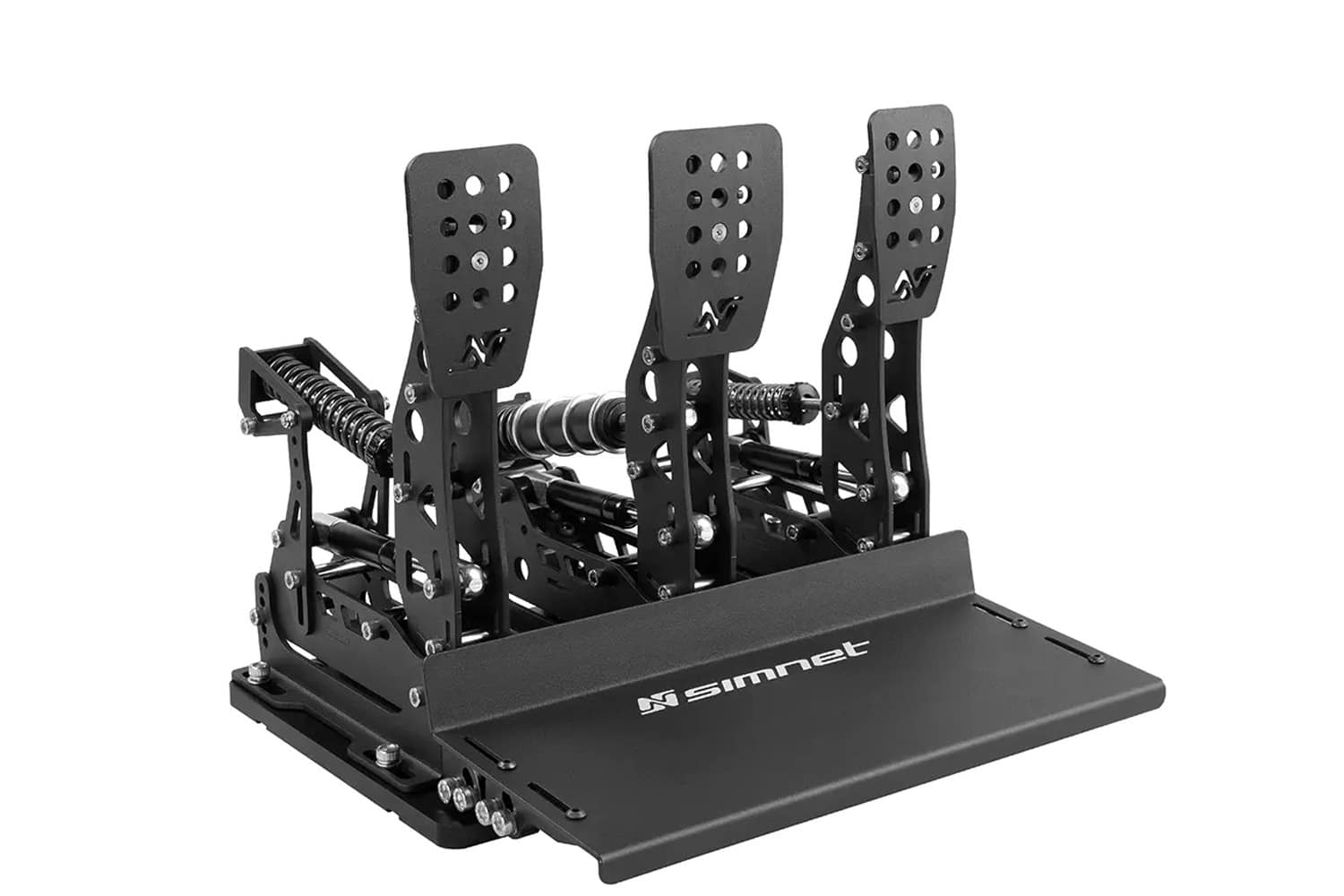
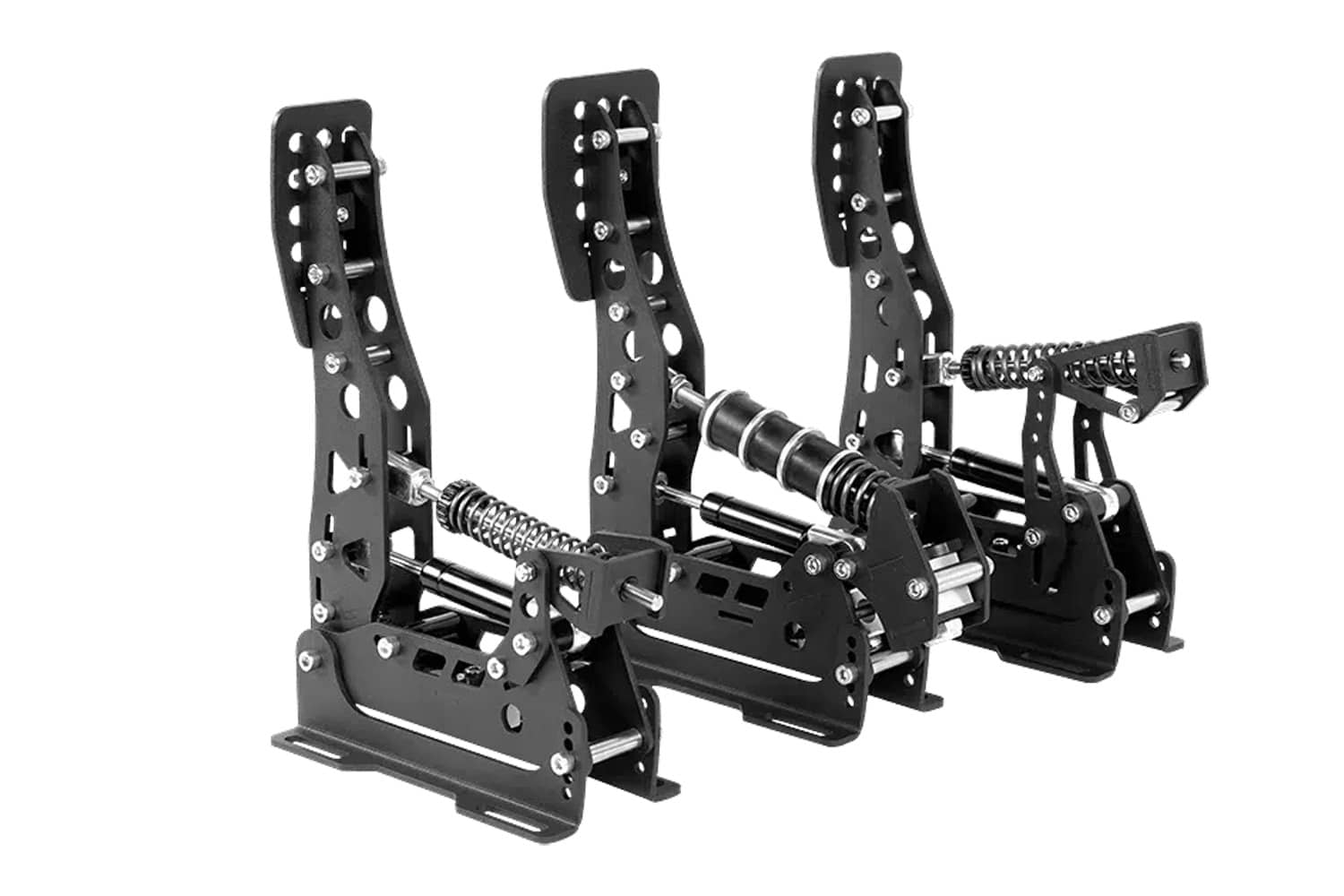
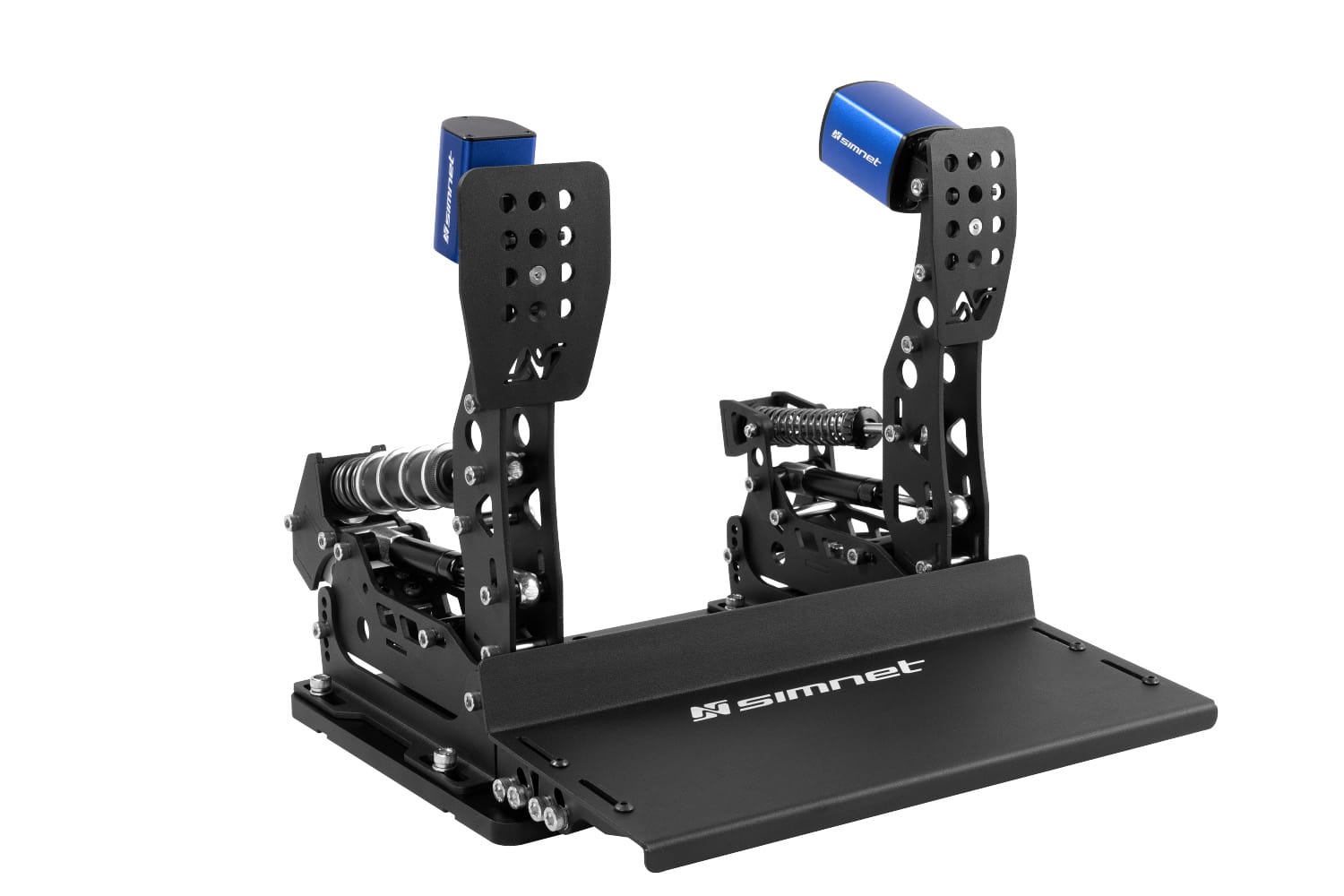
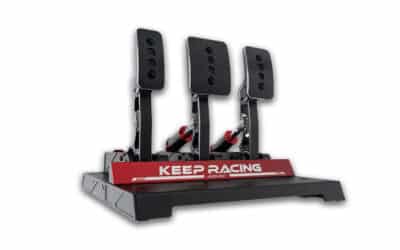
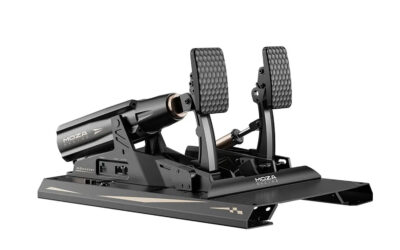
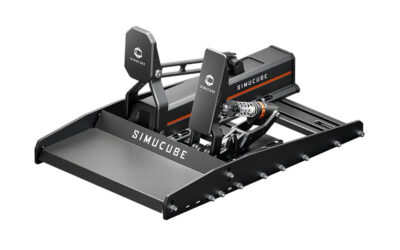



0 Comments